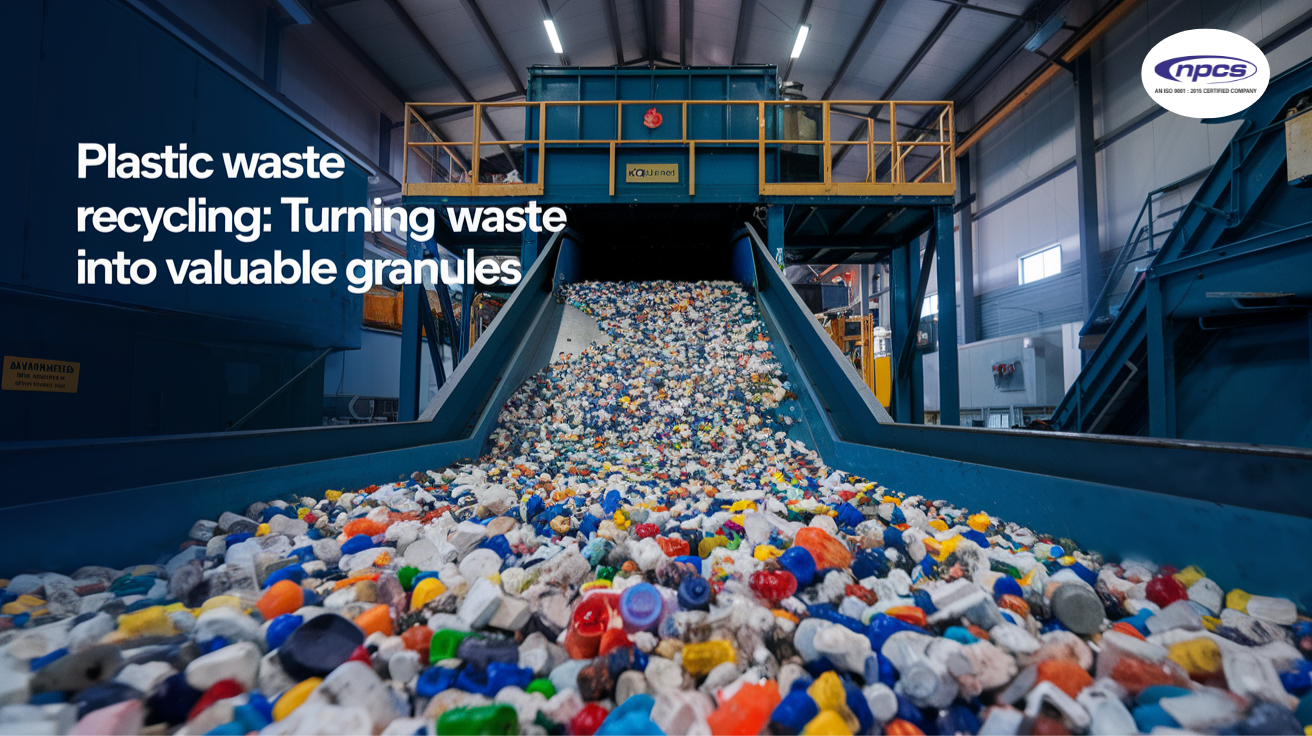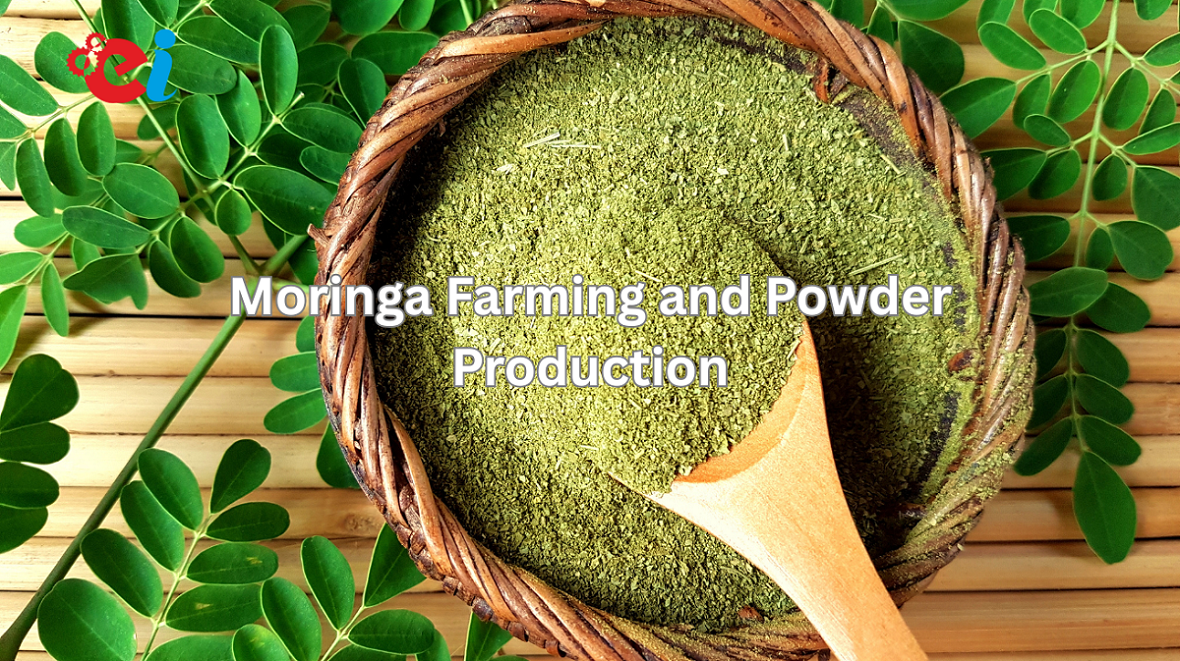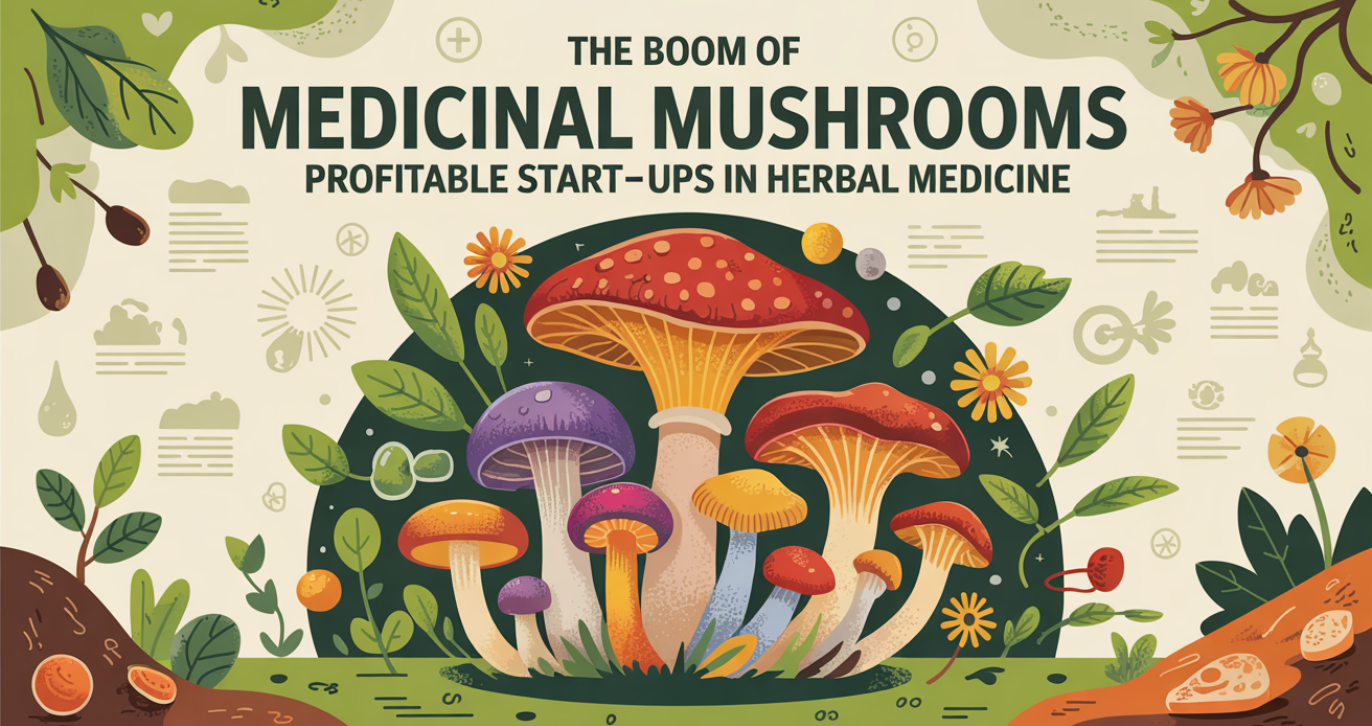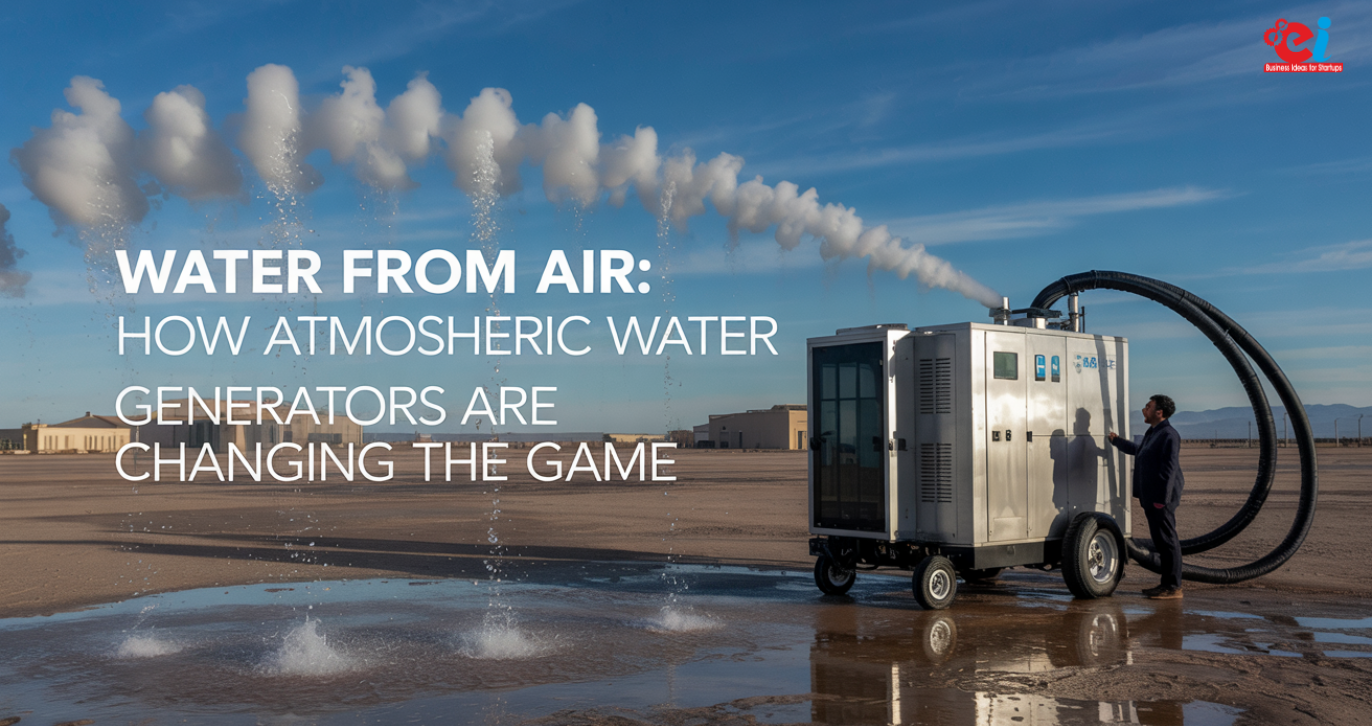The case of plastic waste recycling has become one of the most significant problems in current societies. Given that millions of tons of. Plastic are thrown away every year and end up in landfill sites and the seas. Unique methods of reprocessing and giving a new lease of life to the used plastic have become all the more important. Of all these solutions, recycling plastics and converting this waste into valuable pellets. Assumes a good model solution given its potential and cost-effective nature. From this posting, the blog explores the general steps of plastics recycling. Especially towards the generation of valuable granules with qualitative data support.
The Global Plastic Waste Crisis
It is necessary to know the severity of the problem in order to understand the solution part of the proposal. It stated that about 8.3 billion metric tons of plastic have been produced. Since the 1950s, with only 9% being effectively recycled, according to a study done by the World Economic Forum in 2020. The other has found its way to landfills, incinerators, or the natural setting, worse case scenario. Specifically, products like bags, bottlesPlasticckaging materials are one of the chief culprits of this waste. Since they will have been ditched in less than a minute. A few hours at most, while they take several hundreds of years to biodegrade.
The environmental impact is profound. Garbage composed of plastic flows down water channels and pollutes water sources. To such an extent that it poses a threat to marine life, water security. Even the food chain, not to mention that we are literally consuming plastic particles. Exiting this crisis therefore necessitates reducing the use of plastic. In the first instance while improving methods of recycling the already existing plastics.
Project Related To : Plastic Waste Recycling Plant
The Process of Plastic Waste to Granules
There are some important steps that have to be taken in order to convert the plastic wastes into the granules. And these steps include collection, sorting, washing, shredding, as well as extrusion. Every stage is vital in order to obtain a high quality of the final product. And its further usage by multiple consumers.
Trying is the initial stage known as collection and sorting. Where raw material is collected from several areas such as households, industries, and general public places. It is further categorized in terms of type and color because distinct kinds of plastic call for different treatment. Techniques in the subcategories of sorting technologies for recycling include NIR spectroscopy and air classification.
Cleaning: After sorting, plastics have to undergo certain cleaning processes to eliminate labels, adhesives, and food residuals, among others. This is useful to avoid impurities that contaminate the quality of granules that are formed in this step. This applies to washing, air or pneumatic, and chemical solutions methods of cleaning.
Shredding: Clean plastics undergo some reduction in size whereby they are brought to smaller sizes to ease their processing. Shredding also assists in maintaining uniformity of the material, which is crucial for the extrusion process that is carried out in the next step on the production line.
Extrusion: The shredded plastic is passed through an oven, where it undergoes melting and then pellets or granules. These granules can in fact be utilized as raw materials in producing several products that are made from plastic, including packaging, automobiles, and more.
Economic and Environmental Benefits
The recycling of the plastic waste into granules is a worthy endeavor in that. It is economically viable and environmentally friendly. As for the economic benefit. It helps cut the market value for virgin plastics that are produced from non-renewable resources, namely fossil fuels. The Ellen MacArthur Foundation has it that using recycled plastic lowers. The emission of carbon by as much as the level that is emitted when creating plastics from raw materials completely.
Hence, common ownership and process aging also lead to job creation as well as the promotion of the recycling industry. To boost economic development. An ISRI report conducted in 2018 also revealed that recycling and industries related to. It within the United States employed over 534000 people. Out of which the plastics recycling industry is one of the critical players.
Recycling plastic waste has the justifiable effects of preserving earth resources and reducing pollution to the environment. Recycling is the process of reusing waste. Thus reduces the emission of toxic chemicals and greenhouse gases emitted from landfills and incinerators. Moreover, it is effective in reducing the harms. That are caused due to the use and disposal of pollution in water bodies and the environment.
Challenges and Innovations
However, like any other activity, recycling plastic waste recycling has challenges. The first problem is contamination, which is evident in the fact that it can occur at any stage of recycling. Organic present in the waste can reduce the quality of the recycled granules and hence, are not fit into the high-end uses. To deal with this, new sorts and cleaning technologies have been produced and implemented.
One problem is that the characteristics of the provided plastic waste are heterogeneous and may contain a mixture of polymers, additives, and other materials that are also difficult to recycle. This is the reason why it is challenging to recycle some of the subgroups of plastics, including multilayer packaging and composites. Some of the existing processes attempted in chemical recycling involve the processes that disintegrate plastics into their basic units of polymerization. Chemical recycling can deal with more types of plastics, and the recycled products are of better granule quality.
Case Studies and Success Stories
There are several strategies around the world that have tried and realized the recycling of plastics into granules which show the prospects and advantages of the method.
Coca-Cola’s PlantBottle
The company in particular has introduced PlantBottle as its main product, which is made of up to 30% recycled plastic. By the end of 2020, over 88,000 metric tons of the bottles have been collected. And repurposed into granules for use in the creation of new Coca-Cola bottles within the United States. This not only has the positive impact of decreasing the environmental impact of the company. But also raises a standard for the beverage sector.
TerraCycle’s Recycling Programs
Specialized programs initiated by TerraCycle, a recycling company that has position as. The world’s leader in the recycling of hard-to-recycle waste, involve collection and recycling of plastic waste recycling into granules. These granules are then adopted by various firms to manufacture new products. Such as, LEGO bricks from recollected plastic intended for the Ocea position. Initiatives have helped the company to collect millions of tons of recalcitrant waste. And affirm loyalty from consumers concerning environmental conservation.
Loop: The Circular Economy Model
Loop is a circular economy business model that was created with the assistance of TerraCycle and Global partners and involves using a Loop system to recycle goods. Customers buy goods in containers that are sturdy and reusable and which are collected, washed, and reused with new products/novelties. After being used, the packaging is collected to be turned into granules, thus coming through the cycle without having been disposed of.
Conclusion
Conversion of the refuse into useful granules in a circular economy society calls for changes in the material. For locals and consumers. Addressing the plastic waste problem has the added advantage of being able to bring economic development. And employment opportunities within its framework. There is still much work to be done. But the constant evolution and good practices seen in practice can help to assess. The global potential for scaling up the recycling of plastic waste.
It means that the paradigm of roles and responsibilities to support and enhance. The plastic waste recycling is shared between consumers, businesses, and policymakers. To make it a reality, we must adopt recycling technologies. Support green practices, and actively be a part of the recycling programs. So as to transform the used plastics into useful resources that will enrich the environment. practices,
Plastic Waste Recycling: Turning Waste into Valuable Granules
The case of plastic waste recycling has become one of the most significant problems in current societies. Given that millions of tons of plastic are thrown away every year. And end up in landfill sites and the seas. Unique methods of reprocessing and giving a new lease of life to the used plastic have become all the more important. Of all these solutions, recycling plastics and converting this waste into valuable pellets assumes a good model solution given. Its potential and cost-effective nature. From this posting, the blog explores the general steps of plastics recycling. Especially towards the generation of valuable granules with qualitative data support.
The Global Plastic Waste Crisis
It is necessary to know the severity of the problem in order to understand the solution part of the proposal. It stated that about 8.3 billion metric tons of plastic have been produced since the 1950s, with only 9% being effectively recycled, according to a study done by the World Economic Forum in 2020. The other has found its way to landfills, incinerators, or the natural setting, worse case scenario. Specifically, products like bags, bottlesPlasticckaging materials are one of the chief culprits of this waste since they will have been ditched in less than a minute, a few hours at most, while they take several hundreds of years to biodegrade.
The environmental impact is profound. Garbage composed of plastic flows down water channels and pollutes water sources. To such an extent that it poses a threat to marine life, water security. And even the food chain, not to mention that we are literally consuming plastic particles. Exiting this crisis therefore necessitates reducing the use of plastic in the first instance. While improving methods of recycling the already existing plastics.
Project Related To : Plastic Waste Recycling Plant
The Process of Plastic Waste to Granules
There are some important steps that have to be taken in order to convert the plastic wastes into the granules. And these steps include collection, sorting, washing, shredding, as well as extrusion. Every stage is vital in order to obtain a high quality. The final product and its further usage by multiple consumers.
Trying is the initial stage known as collection and sorting, where raw material is collected from several areas such as households, industries, and general public places. Intake Then, it is further categorized in terms of type and color because distinct kinds of plastic call for different treatment. Techniques in the subcategories of sorting technologies for recycling include NIR spectroscopy and air classification.
Cleaning: After sorting, plastics have to undergo certain cleaning processes to eliminate labels, adhesives, and food residuals, among others. This is useful to avoid impurities that contaminate the quality of granules that are formed in this step. This applies to washing, air or pneumatic, and chemical solutions methods of cleaning.
Shredding: Clean plastics undergo some reduction in size whereby they are brought to smaller sizes to ease their processing. Shredding also assists in maintaining uniformity of the material, which is crucial for the extrusion process that is carried out in the next step on the production line.
Extrusion: The shredded plastic is passed through an oven, where it undergoes melting and then pellets or granules. These granules can in fact be utilized as raw materials in producing several products that are made from plastic, including packaging, automobiles, and more.
Economic and Environmental Benefits
The recycling of the plastic waste into granules is a worthy endeavor in that it is economically viable and environmentally friendly. As for the economic benefit, it helps cut the market value for virgin plastics that are produced from non-renewable resources, namely fossil fuels. The Ellen MacArthur Foundation has it that using recycled plastic lowers the emission of carbon by as much as the level that is emitted when creating plastics from raw materials completely.
Hence, common ownership and process aging also lead to job creation as well as the promotion of the recycling industry to boost economic development. An ISRI report conducted in 2018 also revealed that recycling and industries related to it within the United States employed over 534000 people, out of which the plastics recycling industry is one of the critical players.
Recycling plastic waste has the justifiable effects of preserving earth resources and reducing pollution to the environment. Recycling is the process of reusing waste and thus reduces the emission of toxic chemicals and greenhouse gases emitted from landfills and incinerators. Moreover, it is effective in reducing the harms that are caused due to the use and disposal of pollution in water bodies and the environment.
Challenges and Innovations
However, like any other activity, recycling plastic waste recycling has challenges. The first problem is contamination, which is evident in the fact that it can occur at any stage of recycling. Organic present in the waste can reduce the quality of the recycled granules and hence, are not fit into the high-end uses. To deal with this, new sorts and cleaning technologies have been produced and implemented.
One problem is that the characteristics of the provided plastic waste are heterogeneous and may contain a mixture of polymers, additives, and other materials that are also difficult to recycle. This is the reason why it is challenging to recycle some of the subgroups of plastics, including multilayer packaging and composites. Some of the existing processes attempted in chemical recycling involve the processes that disintegrate plastics into their basic units of polymerization. Chemical recycling can deal with more types of plastics, and the recycled products are of better granule quality.
Case Studies and Success Stories
There are several strategies around the world that have tried and realized the recycling of plastics into granules which show the prospects and advantages of the method.
Coca-Cola’s PlantBottle
The company in particular has introduced PlantBottle as its main product, which is made of up to 30% recycled plastic. By the end of 2020, over 88,000 metric tons of the bottles have been collected and repurposed into granules for use in the creation of new Coca-Cola bottles within the United States. This not only has the positive impact of decreasing the environmental impact of the company but also raises a standard for the beverage sector.
TerraCycle’s Recycling Programs
Specialized programs initiated by TerraCycle, a recycling company that has position as the world’s leader in the recycling of hard-to-recycle waste, involve collection and recycling of plastic waste recycling into granules. These granules are then adopted by various firms to manufacture new products such as, LEGO bricks from recollected plastic intended for the Ocea position. Initiatives have helped the company to collect millions of tons of recalcitrant waste and affirm loyalty from consumers concerning environmental conservation.
Loop: The Circular Economy Model
Loop is a circular economy business model that was created with the assistance of TerraCycle and Global partners and involves using a Loop system to recycle goods. Customers buy goods in containers that are sturdy and reusable and which are collected, washed, and reused with new products/novelties. After being used, the packaging is collected to be turned into granules, thus coming through the cycle without having been disposed of.
Conclusion
Conversion of the refuse into useful granules in a circular economy society calls for changes in the material for locals and consumers. Addressing the plastic waste problem has the added advantage of being able to bring economic development and employment opportunities within its framework. There is still much work to be done, but the constant evolution and good practices seen in practice can help to assess the global potential for scaling up the recycling of plastic waste.
It means that the paradigm of roles and responsibilities to support and enhance the plastic waste recycling is shared between consumers, businesses, and policymakers. To make it a reality, we must adopt recycling technologies, support green practices, and actively be a part of the recycling programs so as to transform the used plastics into useful resources that will enrich the environment. practices,










India has a huge plastic waste problem, and this blog highlights the importance of recycling. Would love to see more details on government policies supporting recycling companies!
It’s good to know that you liked the content. We have taken note of your suggested “details on government policies supporting recycling companies” and will be publishing articles on this topic soon. See you on that article.